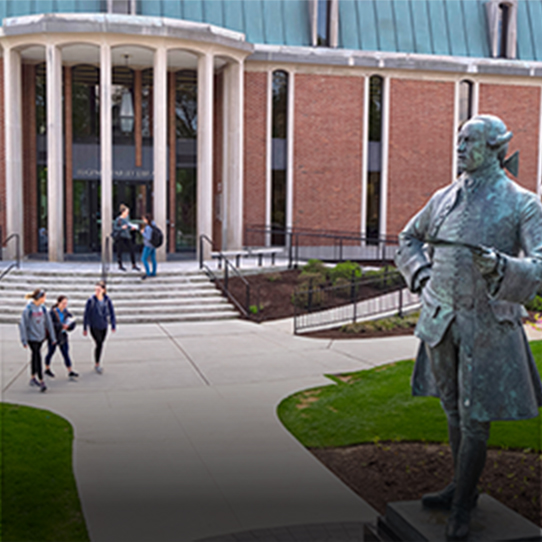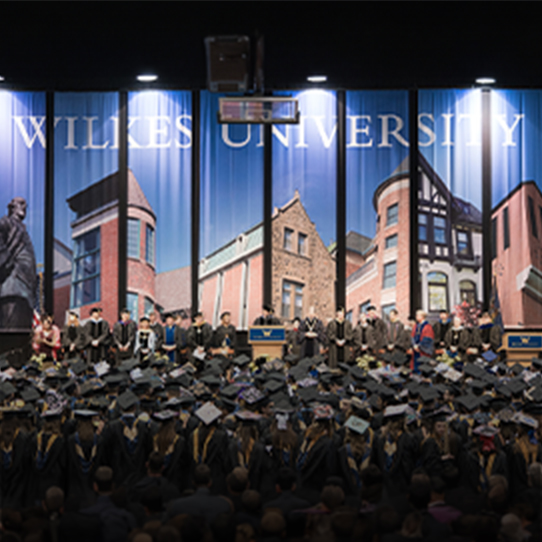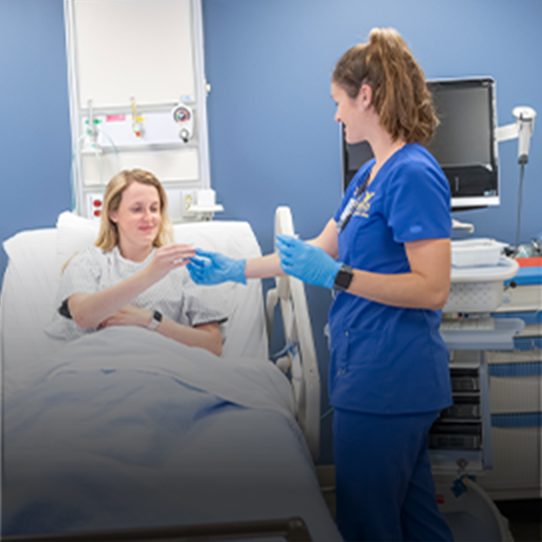More About Wilkes
At Wilkes, we support and applaud lifelong learning. We are constantly changing, evolving and growing to meet the needs of our online student nurses. We look ahead to the degree programs, experiences and opportunities our students will need to succeed, and that includes complimentary nursing clinical placement services.
Our online nursing programs offer a variety of options for working nurses. Whether you're looking to advance your current role or broaden your career path and pursue a new specialty, Wilkes has a flexible program for you. Going back to school is a big decision. That's why we offer the mentoring and faculty member support of skilled nurse educators you need to succeed.







